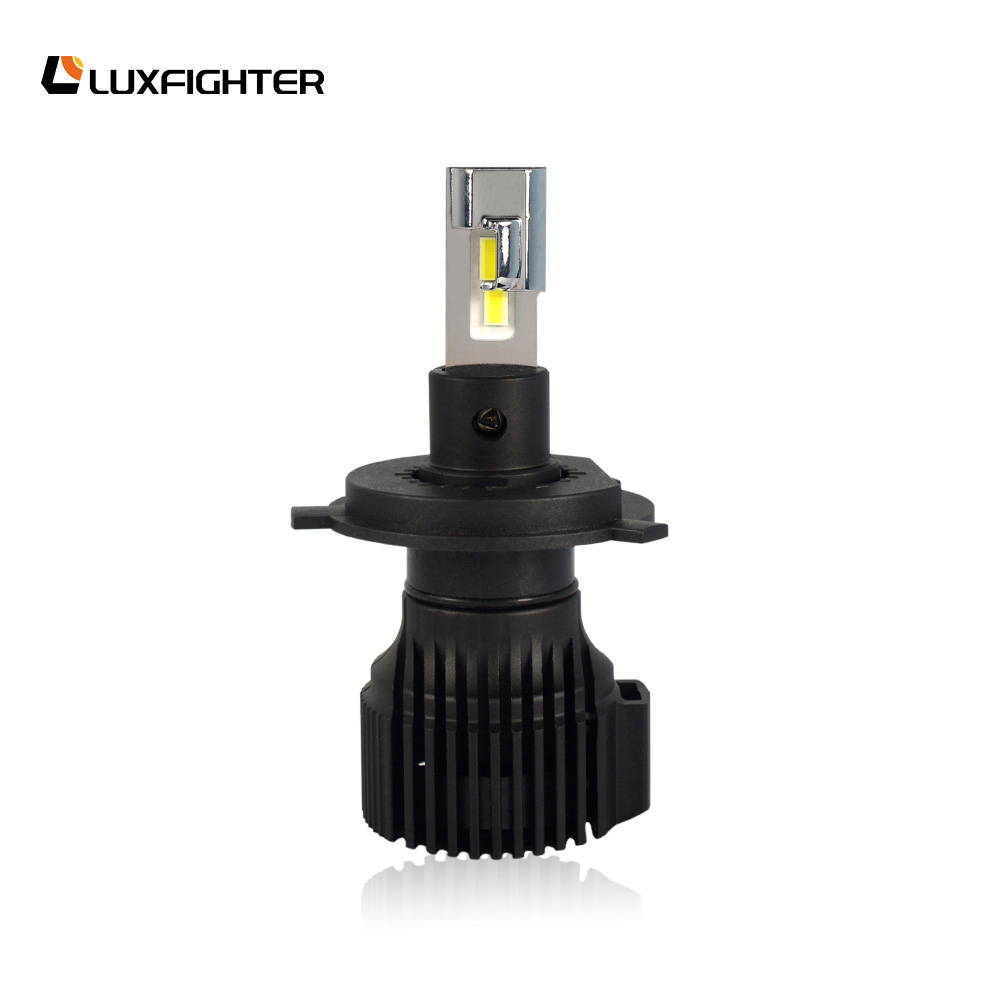Shedding Light on Common Headlight Bulb Problems in Cars
2024-03-22
Headlight bulbs are vital components of a car's lighting system, providing illumination for safe driving in various conditions. However, like any automotive part, headlight bulbs can experience issues that affect their performance and reliability. In this blog, we'll explore some of the common problems or issues that can occur with headlight bulbs in cars, including overheating, moisture buildup, and more.
1. Overheating:
One common problem with headlight bulbs is overheating, which can occur due to factors such as prolonged operation, inadequate ventilation, or excessive power supply. Overheating can cause the bulb's filament to degrade prematurely, leading to reduced brightness, flickering, or complete failure. To prevent overheating, ensure that the headlight assembly is properly ventilated and that the bulb receives the correct voltage from the vehicle's electrical system.
2. Filament Failure:
Headlight bulbs with filament-based designs, such as halogen bulbs, are susceptible to filament failure over time. The filament may weaken or break due to thermal stresses, vibration, or manufacturing defects, resulting in dimming or complete loss of light output. Filament failure is a common issue with older or high-mileage vehicles and may require replacing the bulb to restore proper illumination.
3. Moisture Buildup:
Moisture buildup inside the headlight assembly is another common problem that can affect bulb performance and longevity. Moisture ingress can occur due to damaged seals, cracked lenses, or improper installation, allowing water vapor to condense inside the assembly. Moisture buildup can lead to corrosion of bulb components, electrical shorts, or fogging of the lens, reducing visibility and requiring corrective action such as resealing the assembly or replacing damaged components.
4. Corrosion:
Corrosion of bulb contacts, connectors, or terminals is a potential issue that can affect electrical conductivity and bulb operation. Corrosion may result from exposure to moisture, salt, road debris, or chemical contaminants, causing poor electrical connections and intermittent operation of the bulb. Regular inspection and cleaning of bulb contacts can help prevent corrosion-related issues and ensure reliable bulb performance.
5. Poor Beam Alignment:
Improper beam alignment is a common problem that affects the effectiveness of headlight bulbs in illuminating the road ahead. Misaligned headlights may produce uneven illumination, glare for other drivers, or reduced visibility. Beam alignment issues can result from vehicle modifications, collision damage, or improper installation of the headlight assembly. Adjusting the beam alignment according to manufacturer specifications can help optimize visibility and prevent safety hazards on the road.
6. Bulb Compatibility Issues:
Using incompatible or aftermarket bulbs in a vehicle's lighting system can result in compatibility issues that affect bulb performance and reliability. Non-standard bulbs may have different electrical specifications, base types, or beam patterns that are incompatible with the vehicle's lighting system, leading to erratic behavior or failure of the bulb. Always use bulbs that are recommended by the vehicle manufacturer or certified aftermarket replacements to ensure proper fit and function.
Conclusion:
While headlight bulbs are relatively simple components, they can experience a range of issues that affect their performance and reliability. By being aware of common problems such as overheating, filament failure, moisture buildup, corrosion, poor beam alignment, and compatibility issues, drivers can take proactive measures to maintain their vehicle's lighting system and ensure optimal visibility and safety on the road. If you encounter persistent issues with your headlight bulbs, consult with a professional mechanic or automotive technician for diagnosis and repairs.



